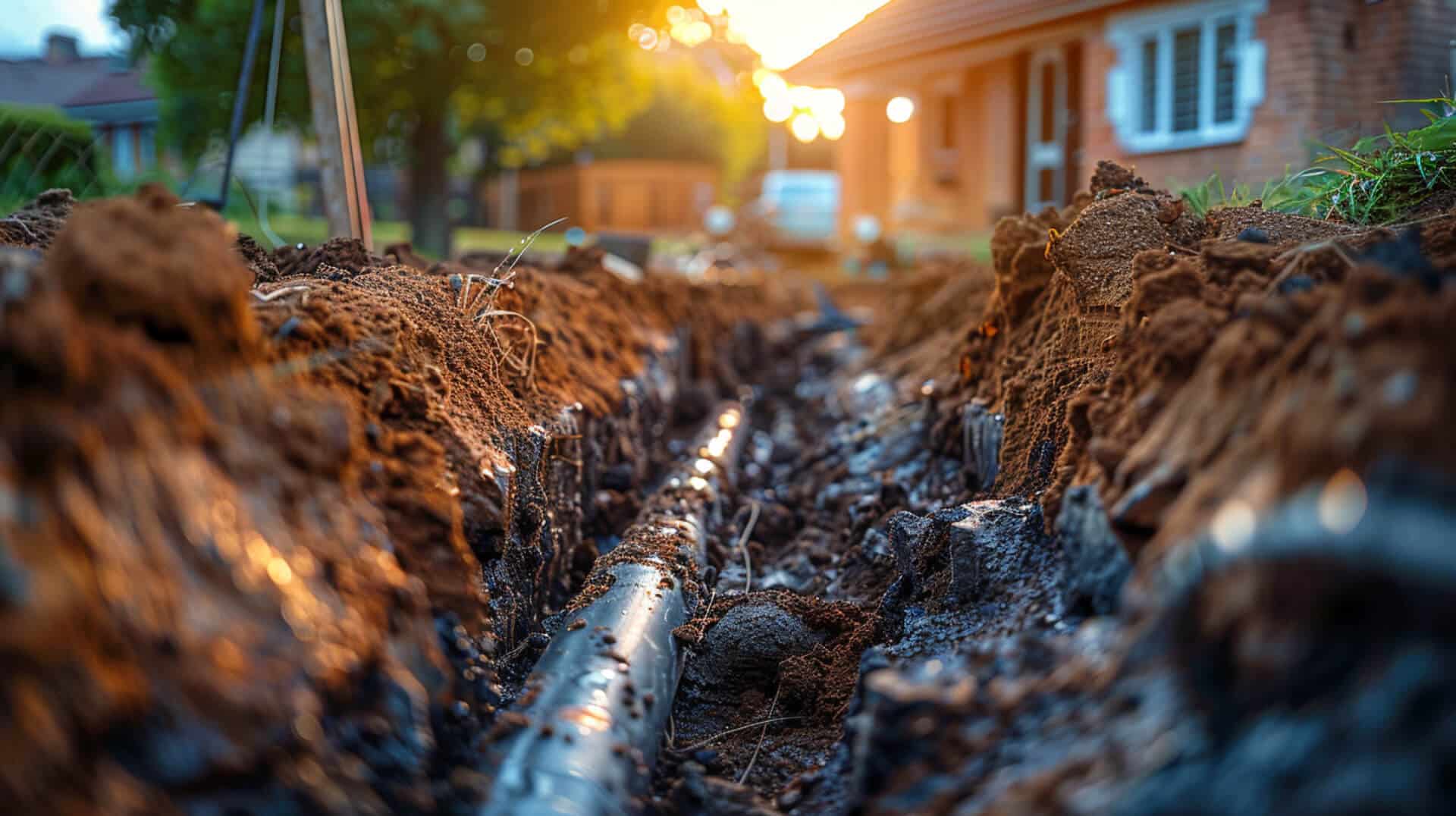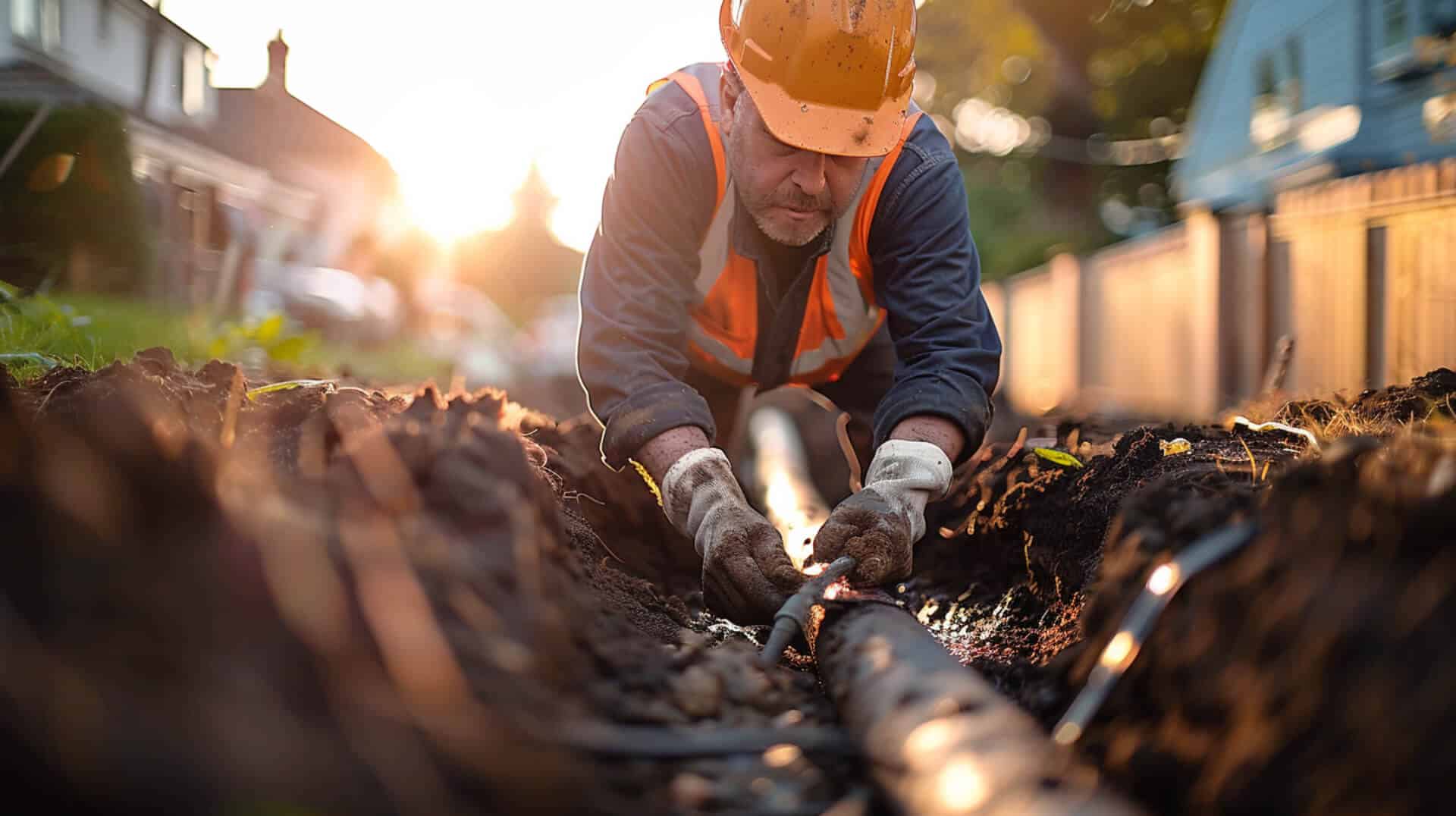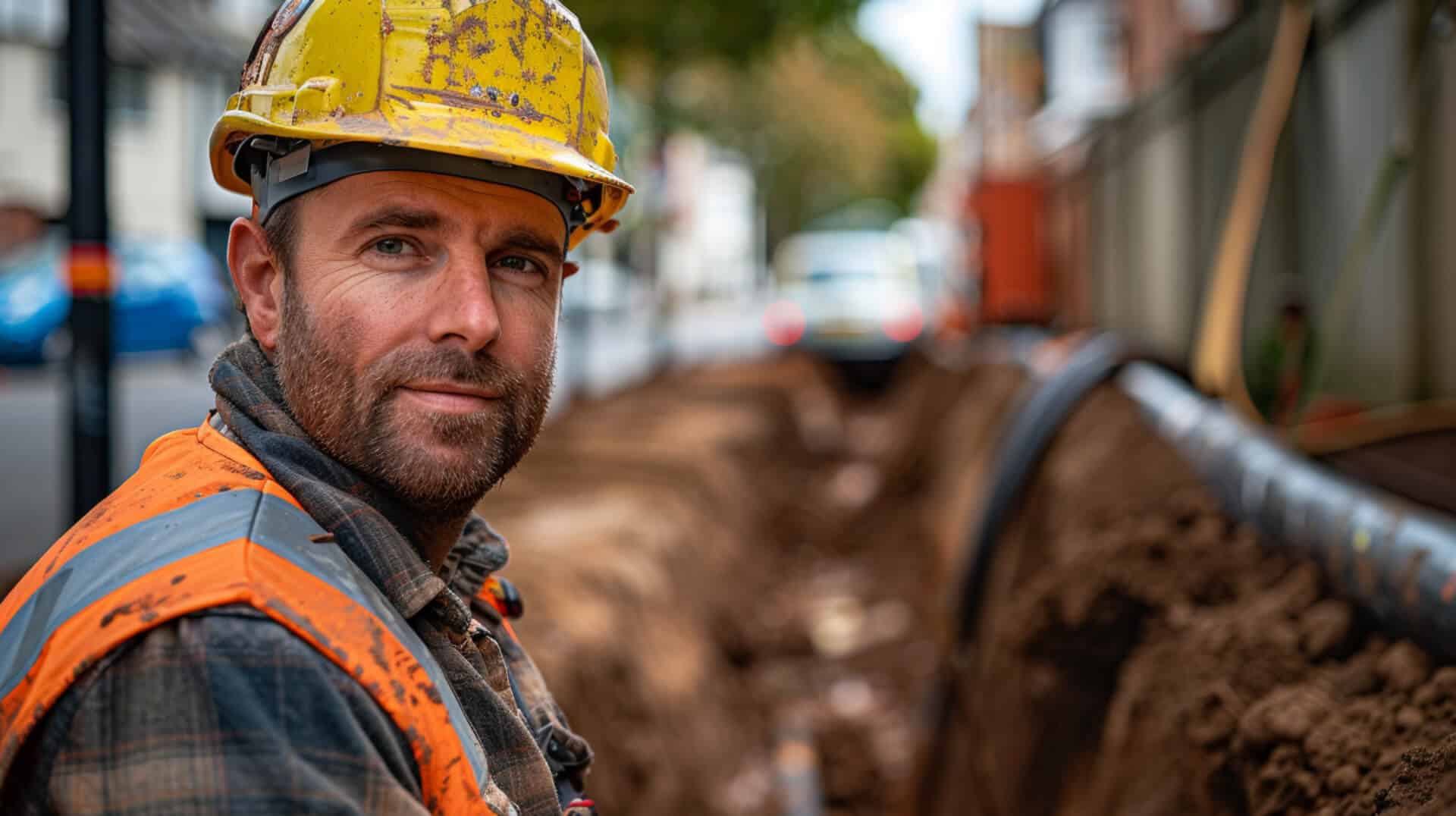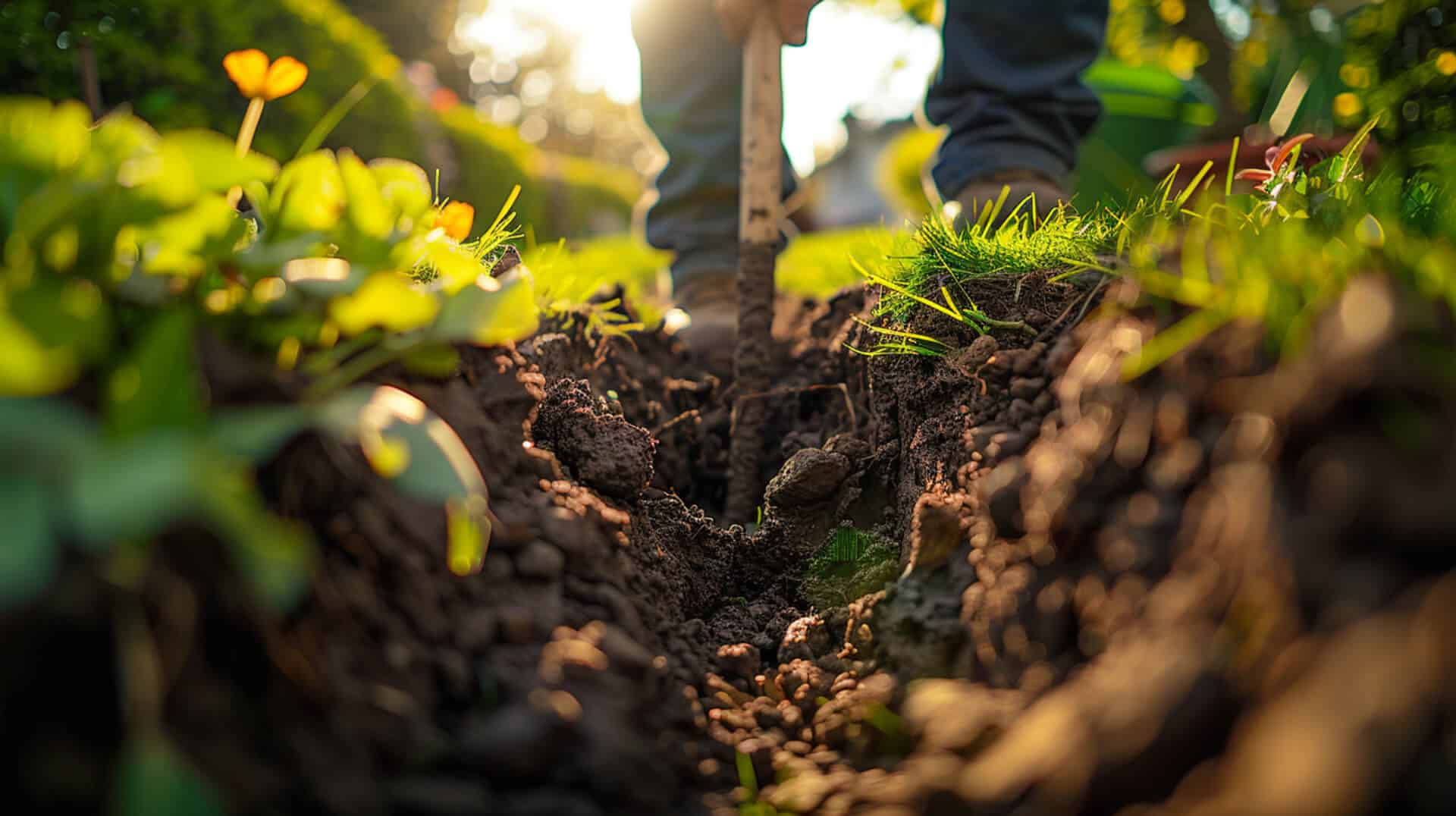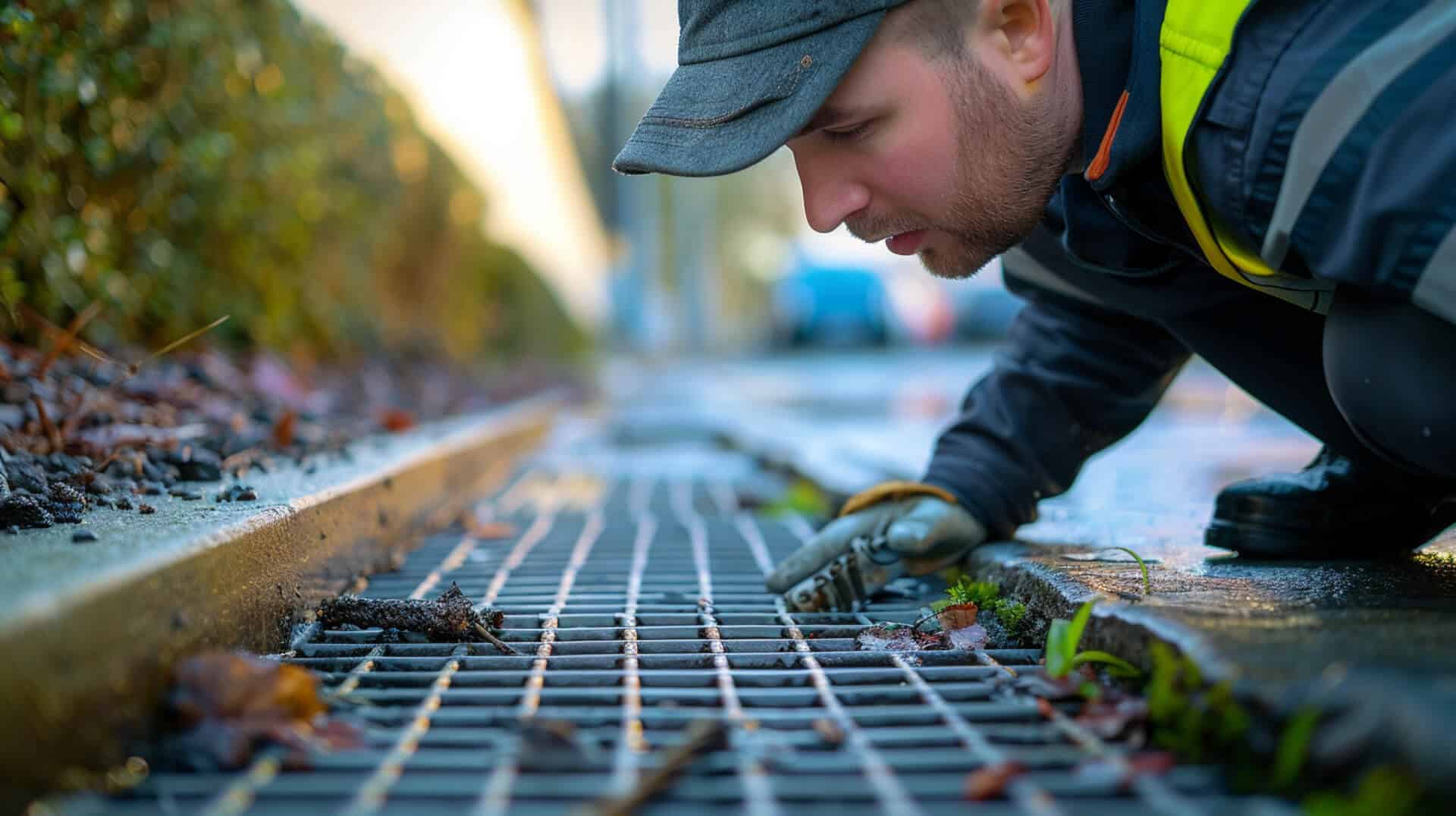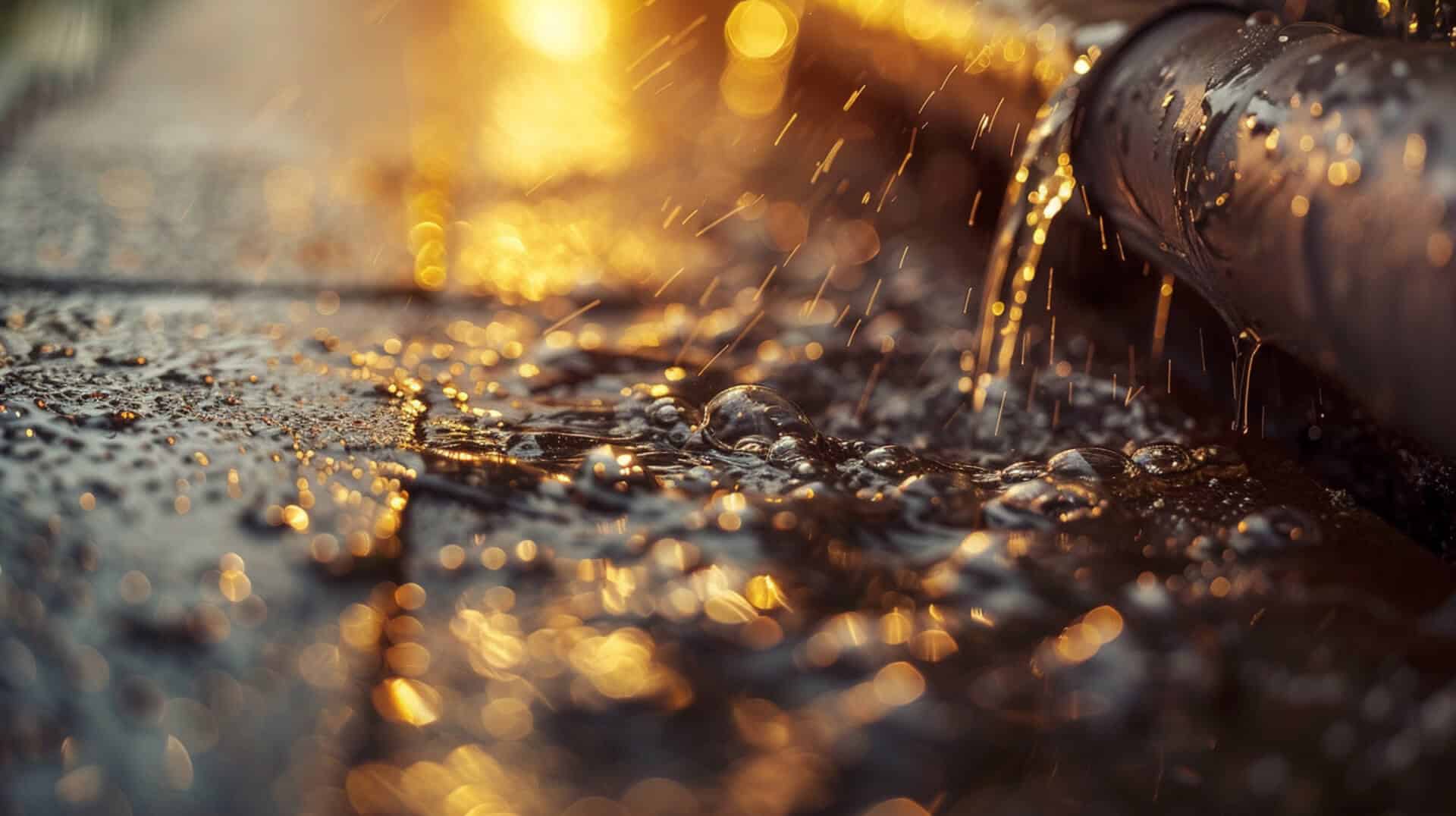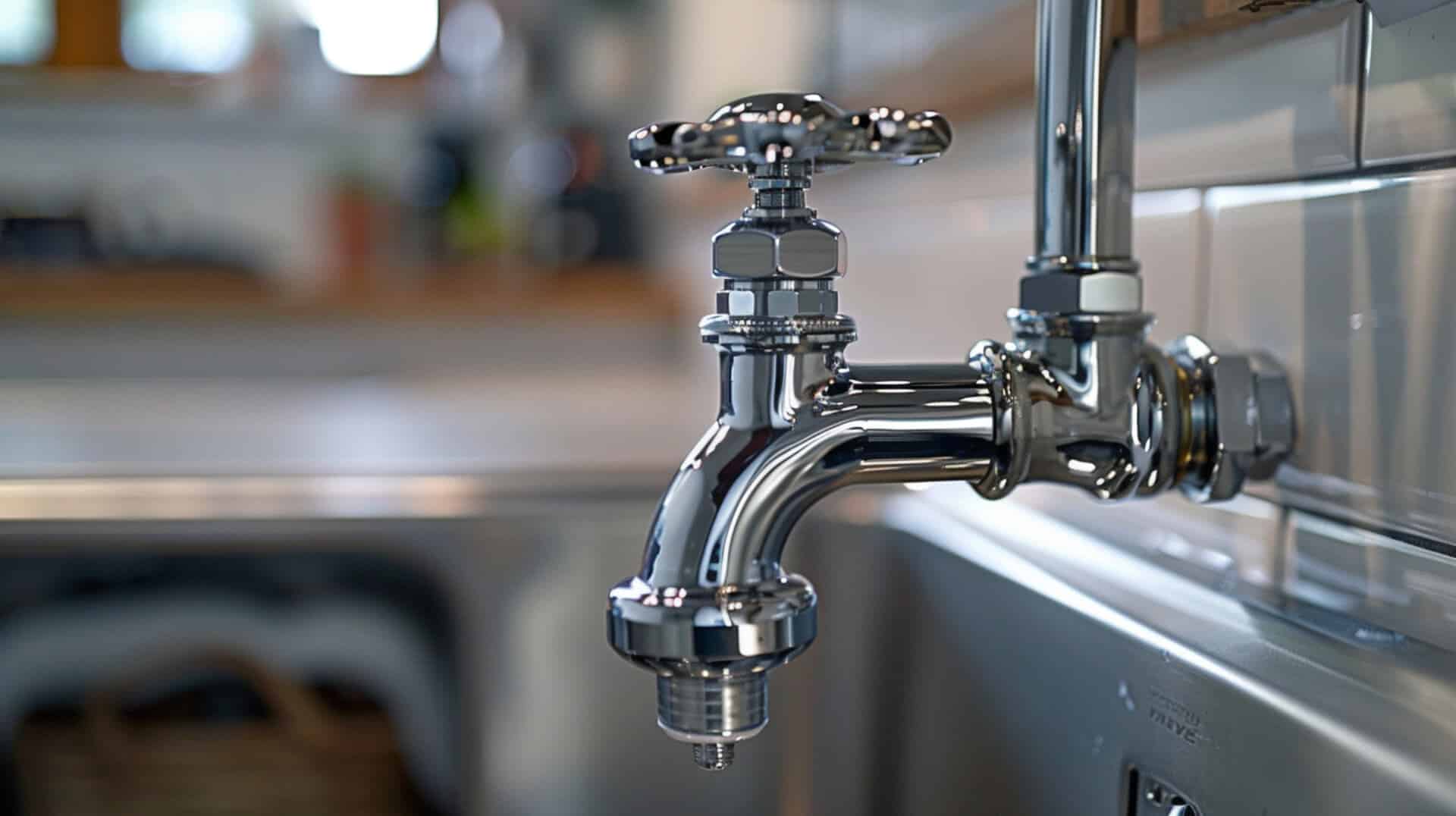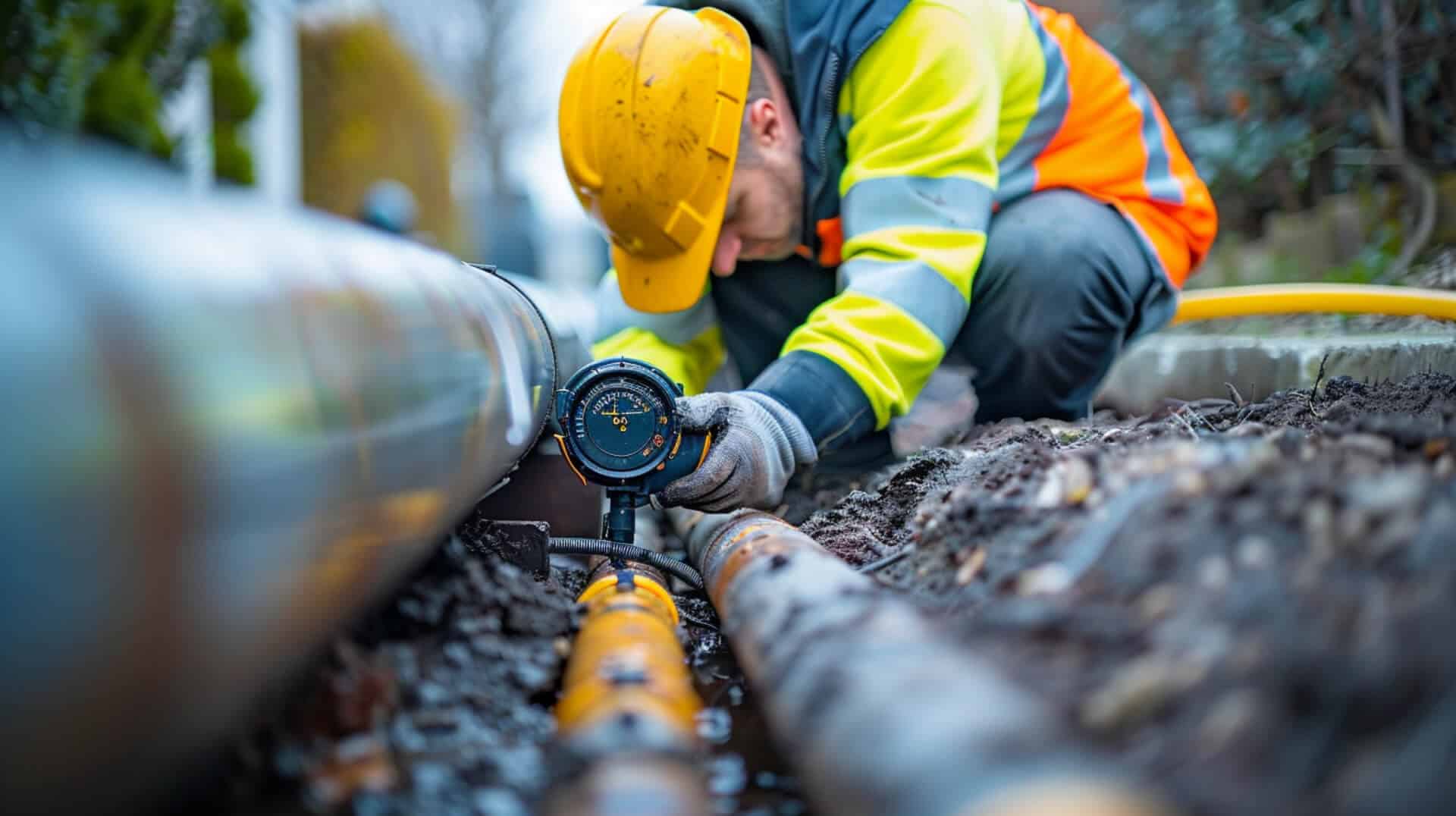 What Are Drain Trenching Services
What Are Drain Trenching Services

Drain trenching services are a specialised form of excavation aimed at resolving complex drainage issues. This process involves strategic digging to instal or repair drainage systems, ensuring effective management of surface water and safeguarding infrastructure from potential water damage.
Why Is Drain Trenching Necessary?
Drain trenching is often the most effective solution for severe drainage system failures. When faced with extensive damage, aged infrastructure, or risks of collapse, trenching provides direct access to compromised pipes for necessary repairs or replacements.
Common Drainage Problems Addressed by Trenching
Trenching services tackle a variety of drainage problems, including persistent leaks, erosion, and the invasive growth of tree roots. These issues, if left unaddressed, can lead to more significant structural concerns.
Scenarios for Employing Drain Trenching Services
Property owners, business owners, and facility managers might require drain trenching services under several circumstances. These include recurrent blockages, foul odours emanating from the drainage system, unexplained moisture accumulation, or patches of unusually lush vegetation, all of which can indicate underlying drainage malfunctions.
Informing Decision-Makers About Drain Trenching
This guide is designed to provide you with a comprehensive understanding of drain trenching services. By detailing the necessity, processes, and outcomes associated with trenching, you will be better equipped to make informed decisions regarding the management and maintenance of your property’s drainage system.
Understanding the Need for Drain Trenching
When considering the health of your property’s drainage system, certain signs may indicate the need for professional drain trenching services. Recognising these signs is crucial for maintaining the integrity of your infrastructure and preventing more severe issues.
Indicators of Drainage System Issues
Persistent drainage problems often manifest through several warning signs. You might notice recurrent blockages, foul odours emanating from the ground, or areas of inexplicable moisture accumulation. Unusually lush patches of vegetation could also suggest excessive moisture below the surface, often a result of failing drainage systems.
Impact of Tree Root Invasion
Tree roots naturally seek out water sources, which can lead to them infiltrating and damaging your drainage pipes. This intrusion can cause blockages and even structural damage, necessitating trenching services to rectify the issue.
Aged Infrastructure and Drainage
Over time, infrastructure deteriorates. Aged pipes may become prone to cracking, leading to leaks and potential collapse. Drain trenching services can address these issues by replacing or repairing compromised sections of the drainage system.
Persistent Leaks and Collapse Risks
Frequent leaks and the risk of drainage system collapse are serious concerns that require immediate attention. These issues often signal the need for comprehensive intervention, which may include drain trenching to prevent further damage and ensure the safety and functionality of your property’s drainage system.
Pre-Excavation Considerations and Safety Measures
Prior to initiating any excavation for drain trenching, a series of critical steps are undertaken to ensure the safety of the area and the integrity of underground utilities.
Essential Preliminary Steps
Before the first shovel hits the ground, professionals conduct a thorough assessment of the site. This includes:
- CCTV Diagnostics: Utilising closed-circuit television cameras to inspect the condition of existing pipes and identify precise locations for excavation.
- Comprehensive Site Evaluations: Assessing the physical characteristics of the site to plan the safest and most efficient excavation route.
- Utility Mapping: Identifying and marking the location of all underground utilities to avoid any accidental damage during the excavation process.
Ensuring Safety and Compliance
These pre-excavation measures are not only critical for planning purposes but also for ensuring compliance with health and safety regulations. By identifying potential hazards and mapping out utility lines, professionals can:
- Prevent Damage: Avoid costly and dangerous mistakes such as cutting into live utility lines.
- Ensure Worker and Public Safety: Protect workers and the public from potential harm caused by excavation activities.
- Comply with Regulations: Adhere to legal requirements and industry standards, mitigating the risk of penalties or project delays.
Through meticulous planning and adherence to safety protocols, drain trenching services can be executed with minimal risk and maximum efficiency.
The Drain Trenching Process Explained
Drain trenching is a specialised service that addresses severe drainage system issues through strategic excavation. This section outlines the process, equipment, and precautions involved in drain trenching.
Initiating the Trenching Process
The trenching process begins with a strategic plan based on detailed diagnostics. Specialists use:
- CCTV Diagnostics: To assess the condition and layout of the existing drainage system.
- Site Evaluations: To understand the terrain and identify the best approach for excavation.
Equipment Utilisation
The choice of equipment is critical to the trenching process. Options include:
- Manual Labour: For smaller or delicate areas where precision is paramount.
- Precision Mini-Excavators: For efficient excavation with minimal disruption to the surrounding area.
Minimising Disruption
Specialists aim to minimise operational disruption by:
- Careful Planning: To ensure the excavation is conducted swiftly and efficiently.
- Selective Equipment Use: Choosing the right tools for the job to reduce the impact on the surrounding area.
Avoiding Utility Line Damage
To prevent damage to utility lines, trenching professionals:
- Use Utility Maps: To avoid known utility lines.
- Employ Detection Equipment: To locate and steer clear of any underground utilities during excavation.
Through careful planning and execution, drain trenching services provide a targeted solution to complex drainage problems while ensuring minimal disruption and safety for all involved.
Post-Excavation Practices and Site Restoration
Following the completion of drain trenching operations, the focus shifts to the responsible handling of excavated materials and the restoration of the site to its original condition.
Environmentally Responsible Handling of Excavated Materials
After trenching, the materials removed from the earth are managed with environmental responsibility in mind. This includes:
- Sorting of Materials: Differentiating between reusable, recyclable, and waste materials.
- Proper Disposal: Ensuring that non-reusable materials are disposed of in accordance with environmental regulations.
Steps to Site Restoration
Restoring the site involves several key actions to return the area to its pre-excavation state:
- Surface Levelling: Replacing soil and grading the surface to match the surrounding terrain.
- Revegetation: Planting grass or other vegetation to prevent erosion and promote ecological balance.
Ensuring Long-Term Sustainability
The post-operation practices are designed not only to mitigate the immediate impact of the excavation but also to ensure the long-term sustainability of the drainage solution by:
- Preventing Erosion: Establishing ground cover to protect the integrity of the site.
- Maintaining Drainage Efficiency: Ensuring that the restored site continues to facilitate proper water management.
Through these conscientious post-excavation practices, the integrity of the property and the environment are preserved, reflecting a commitment to sustainability and responsibility.
Safety Protocols and Regulatory Compliance in Drain Trenching
Safety is the cornerstone of any drain trenching project. Providers must adhere to stringent protocols to ensure the well-being of workers and the public, as well as compliance with regulatory standards.
Paramount Safety Measures
During drain trenching, the following safety measures are rigorously applied:
- Risk Assessment: Conducting thorough risk assessments to identify potential hazards before they arise.
- Personal Protective Equipment (PPE): Ensuring all personnel are equipped with the necessary PPE to mitigate the risk of injury.
- Regular Training: Providing ongoing safety training to all staff members to maintain high safety awareness and preparedness.
Adherence to Health and Safety Regulations
Providers ensure compliance with health and safety regulations by:
- Staying Informed: Keeping up-to-date with the latest health and safety legislation.
- Documentation: Maintaining accurate records of safety procedures and compliance measures.
Utility Damage Prevention
To prevent damage to existing utilities, trenching services employ:
- Utility Mapping: Utilising detailed maps to avoid disrupting underground services.
- Detection Technology: Using advanced technology to detect utilities before excavation begins.
Subsidence Awareness
Awareness of subsidence and its potential impact is critical. Providers address this by:
- Monitoring: Continuously monitoring the site for signs of subsidence during and after the trenching process.
- Structural Support: Implementing temporary structural supports when necessary to maintain the integrity of the excavation site.
These comprehensive safety protocols and adherence to regulations are not only a legal obligation but also contribute to the overall success and safety of the trenching project, ensuring that the work is completed without incident.
Financial Considerations for Drain Trenching Services
Understanding the cost factors involved in drain trenching services is essential for property owners, business owners, and facility managers when planning for drainage system maintenance or repairs.
Factors Influencing Trenching Costs
Several variables affect the pricing of drain trenching services:
- Depth and Length of Trench: The deeper and longer the trench, the more resources are required, increasing the cost.
- Soil Type: Different soil types may require specialised equipment or techniques, impacting the overall price.
- Labour: The cost of manual labour or the operation of machinery like mini-excavators is a significant component of the total expense.
- Equipment: The type of equipment used can vary the cost, with more advanced machinery potentially increasing the price.
- Permits: Depending on the location, permits may be necessary, and their acquisition adds to the cost.
Budgeting for Trenching Projects
To effectively budget for a trenching project, consider:
- Obtaining Multiple Estimates: Gather quotes from various providers to compare costs.
- Anticipating Additional Expenses: Be aware of potential unforeseen costs, such as those arising from utility damage or delays.
Trenching as a Last Resort
Choosing trenching as a last resort often implies:
- Higher Costs: Due to the complexity and the extensive planning required.
- Comprehensive Solutions: Despite the higher initial investment, trenching can provide a long-term resolution to severe drainage issues.
Transparent Cost Estimation from Providers
Reputable trenching service providers offer:
- Detailed Breakdowns: Clear explanations of all charges involved in the project.
- Upfront Pricing: No hidden fees, ensuring you can make an informed financial decision.
By considering these financial aspects, you can approach drain trenching services with a clear understanding of the costs and plan accordingly for the most effective and economical solution.
Selecting a Qualified Drain Trenching Service Provider
Choosing the right service provider for drain trenching is a decision that impacts not only the effectiveness of the service but also the safety and longevity of your property’s drainage system.
Qualifications and Certifications
When evaluating potential service providers, it is important to consider:
- Accreditations: Look for national accreditation or certification that validates the provider’s adherence to industry standards.
- Licences: Ensure the provider is licenced to perform excavation and drainage services in your area.
Experience and Expertise
The provider’s experience and expertise are critical factors that influence the quality of service. Consider:
- Industry Tenure: Providers with a long-standing presence in the industry are likely to have a track record of successful projects.
- Specialised Knowledge: Providers with expertise in drain trenching will be more adept at handling complex drainage issues.
Emphasis on Safety and Quality
A strong emphasis on safety and quality restoration is essential. Providers should demonstrate:
- Safety Protocols: A commitment to following rigorous safety standards throughout the trenching process.
- Quality Assurance: A proven process for ensuring the work meets high-quality standards and is completed to your satisfaction.
Evaluating Service Providers
To evaluate potential service providers, you can:
- Read Reviews: Look for feedback from previous customers to gauge the provider’s reputation.
- Ask for References: Request references from past projects to assess the provider’s capabilities and results.
By carefully considering these criteria, you can select a drain trenching service provider that will deliver a safe, high-quality solution tailored to your property’s specific needs.
Exploring Alternatives to Drain Trenching
While drain trenching is an effective solution for severe drainage issues, it is not always the most suitable option. Alternative methods can address specific problems with less disruption and potentially lower costs.
Pipe Relining and Localised Patch Repairs
Pipe relining and localised patch repairs are two common alternatives to trenching:
- Pipe Relining: This method involves inserting a new pipe lining into existing damaged pipes to seal leaks and restore functionality without excavation.
- Localised Patch Repairs: For isolated damage, patch repairs target specific areas, offering a quick and cost-effective solution.
Situations Favouring Alternative Solutions
Alternative solutions may be preferable when:
- Minimal Disruption is Required: In urban areas or landscaped properties where excavation is impractical.
- Cost is a Concern: When budget constraints make the extensive nature of trenching less viable.
- Damage is Localised: Where the issue is confined to a small section of the drainage system.
Balancing Effectiveness, Cost, and Disruption
These alternatives balance various factors by:
- Reducing Operational Impact: Limiting the scope of work to necessary areas only.
- Offering Cost Savings: Avoiding the extensive labour and equipment costs associated with trenching.
- Maintaining Effectiveness: Providing targeted repairs that address the root cause of drainage issues.
By considering these alternative methods, you can choose the most appropriate solution for your drainage problems, taking into account the specific circumstances and constraints of your property.
Trench Drain Systems: Applications and Benefits
Trench drain systems are an integral component of effective water management strategies, particularly in areas where surface water accumulation poses a risk to property and infrastructure.
Effective Use of Trench Drain Systems
Trench drains are commonly employed in various settings to manage water runoff:
- Commercial Properties: To mitigate water damage and manage large volumes of runoff.
- Landscapes: To control erosion and preserve the integrity of green spaces.
- Building Foundations: To protect structures from water-related damage and maintain the stability of the foundation.
Material Choices and Design Impact
The performance of trench drain systems is significantly influenced by material selection and design considerations:
- Polymer Concrete: Offers durability and resistance to environmental factors.
- Stainless Steel: Provides strength and longevity, especially in high-traffic areas.
- Fibre-Reinforced Concrete: Enhances structural integrity and reduces the risk of cracking.
Water Management Benefits
Trench drain systems offer several advantages in water management:
- Efficient Water Diversion: Channels water away from critical areas, reducing the risk of flooding.
- Debris Filtration: Grates philtre out debris, preventing clogs and maintaining flow efficiency.
Contribution to Erosion Control and Foundation Protection
By effectively managing surface water, trench drain systems contribute to:
- Erosion Control: Reduces the velocity of water flow, minimising soil displacement.
- Foundation Protection: Keeps water away from building foundations, preventing water damage and structural issues.
Incorporating trench drain systems into your water management plan can provide long-term benefits, ensuring that your property remains safe and dry.
Maintenance and Longevity of Trench Drain Systems
To ensure the longevity and effectiveness of trench drain systems, regular maintenance is a critical component. Property owners must be proactive in their approach to upkeep to prevent system failures and extend the life of their investment.
Routine Maintenance for Drainage Systems
Regular maintenance tasks are essential for keeping trench drains functioning properly:
- Debris Clearance: Regularly removing leaves, trash, and other debris that can clog the system and impede water flow.
- Inspections: Periodic assessments to check for signs of wear or damage that could affect the system’s performance.
Impact of System Width on Maintenance
The width of the trench drain system plays a role in maintenance requirements:
- Wider Systems: May collect more debris, necessitating frequent cleaning to maintain efficiency.
- Narrower Systems: Generally easier to maintain but may require more precise methods to ensure thorough debris removal.
Material Choice and Durability
The materials used in trench drain systems affect their durability:
- Polymer Concrete: Known for its longevity and resistance to environmental stressors.
- Stainless Steel: Offers durability, especially in areas with heavy traffic or corrosive substances.
- Fibre-Reinforced Concrete: Reduces the likelihood of cracking and extends the lifespan of the system.
By selecting appropriate materials and committing to regular maintenance, property owners can ensure that their trench drain systems remain functional and effective for years to come.
Key Considerations for Drain Trenching Services
When facing severe drainage system issues, drain trenching services emerge as a critical solution. For property owners, business owners, and facility managers, understanding the intricacies of this process is vital for maintaining infrastructure integrity and preventing costly damages.
Making Informed Decisions on Drainage Solutions
Awareness of the comprehensive process of drain trenchingfrom pre-excavation diagnostics to post-operation restorationenables informed decision-making. It ensures that interventions are timely, effective, and aligned with the specific needs of your property.
The Importance of Selecting the Right Service Provider
The success of a trenching project hinges on the expertise of the service provider. Choosing a provider with a proven track record, necessary certifications, and a commitment to safety can make a significant difference in the project’s outcome.
Contributions to a Successful Drainage Project
The steps outlined throughout this guide contribute to a successful drainage solution by:
- Ensuring Safety: Prioritising safety measures protects both the workers and the infrastructure.
- Minimising Disruption: Employing precise techniques and equipment reduces the impact on the property.
- Promoting Longevity: Selecting durable materials and performing regular maintenance extends the life of the drainage system.
By considering these factors, you can approach drain trenching with confidence, knowing that you are equipped to safeguard your property against water-related issues.
